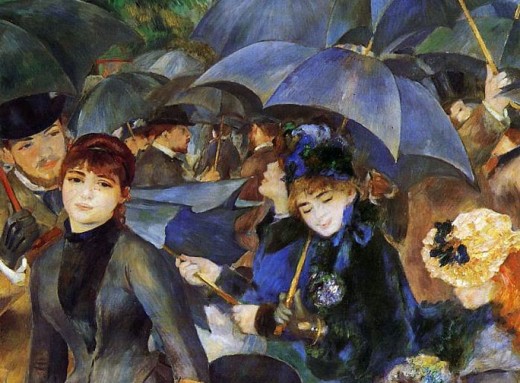
Report invites us to reconsider whether public money should support ‘the arts’
In 2012, Gov. Nikki Haley vetoed the entire $3.4 million budget of the South Carolina Arts Commission, as Gov. Mark Sanford had done a few years before. The result, in both cases, was predictable: Advocates for “the arts” stormed the State House and held press conferences and vilified the governor (actually both governors) as churlish despisers of art and culture. And then the vetoes were instantly overridden by the legislature.
Since then, Gov. Haley has left the Commission more or less alone. This year, for example, although she did veto a $500,000 appropriation attached to the Arts Commission – an Artisans Center – on the unimpeachable grounds that it’s a private organization, the governor let the Commission’s $5 million budget stand. For practical or political reasons – on which we take no view – it’s understandable that the governor didn’t want to deal with the “arts community’s” backlash for the sake of one overridden budget veto.
But the arts community and its supporters may wish to re-think their views on public funding of the arts in light of a report recently published by the Arts and Humanities Research Council in Britain. The AHRC is not an organization one would expect to criticize arts funding – indeed the reverse is true – but its report, Understanding the Value of Arts and Culture, draws some startlingly skeptical conclusions about the real value of arts funding.
The report doesn’t claim that arts funding is useless. It doesn’t argue that art, being unpredictable and intrinsically subjective, isn’t the kind of thing that should be subsidized with public money at all. That would be closer to our view, but not the authors’ view.
What the report does show is that many of the arguments arts-funding supporters make are bogus. It’s often contended, for example, that “the arts” – however we define them – promote reconciliation and mutual understanding between groups or classes or races. There is no evidence for that, the AHRC report finds, and plenty to suggest it isn’t true. Another argument is that exposure to the arts improves academic performance. There is no empirical evidence for that either. Nor is there any evidence to support the idea that by locating museums or other cultural institutions or buildings in deprived or low-income areas, people living in these areas benefit from their new proximity to artistic or cultural merit. The report also casts a suspicious eye on the argument – made by Columbia Mayor Steve Benjamin in response to Haley’s 2012 veto – that arts funding is somehow about job creation.
A reasonable place to begin the question over arts funding isn’t the latest threat of a veto, but law code. In the Arts Commission’s enabling legislation, passed in 1962 (title 16, chapter 15), we learn that it’s the policy of the state “to insure that the role of the arts in the life of our communities will continue to grow and play an ever more significant part in the welfare and educational experience of our citizens.” It’s not clear to us, anyway, that any government agency could accomplish that goal. The law’s noble statement of intentions is, in any case, unmeasurable: Who can say whether, from 1962 to the present, the arts have “continue[d] to grow and play an ever more significant part in the welfare and educational experience of our citizens”?
We commend the full study to you. And while you read it, consider that the Arts Commission currently receives just over $5 million from the state.
